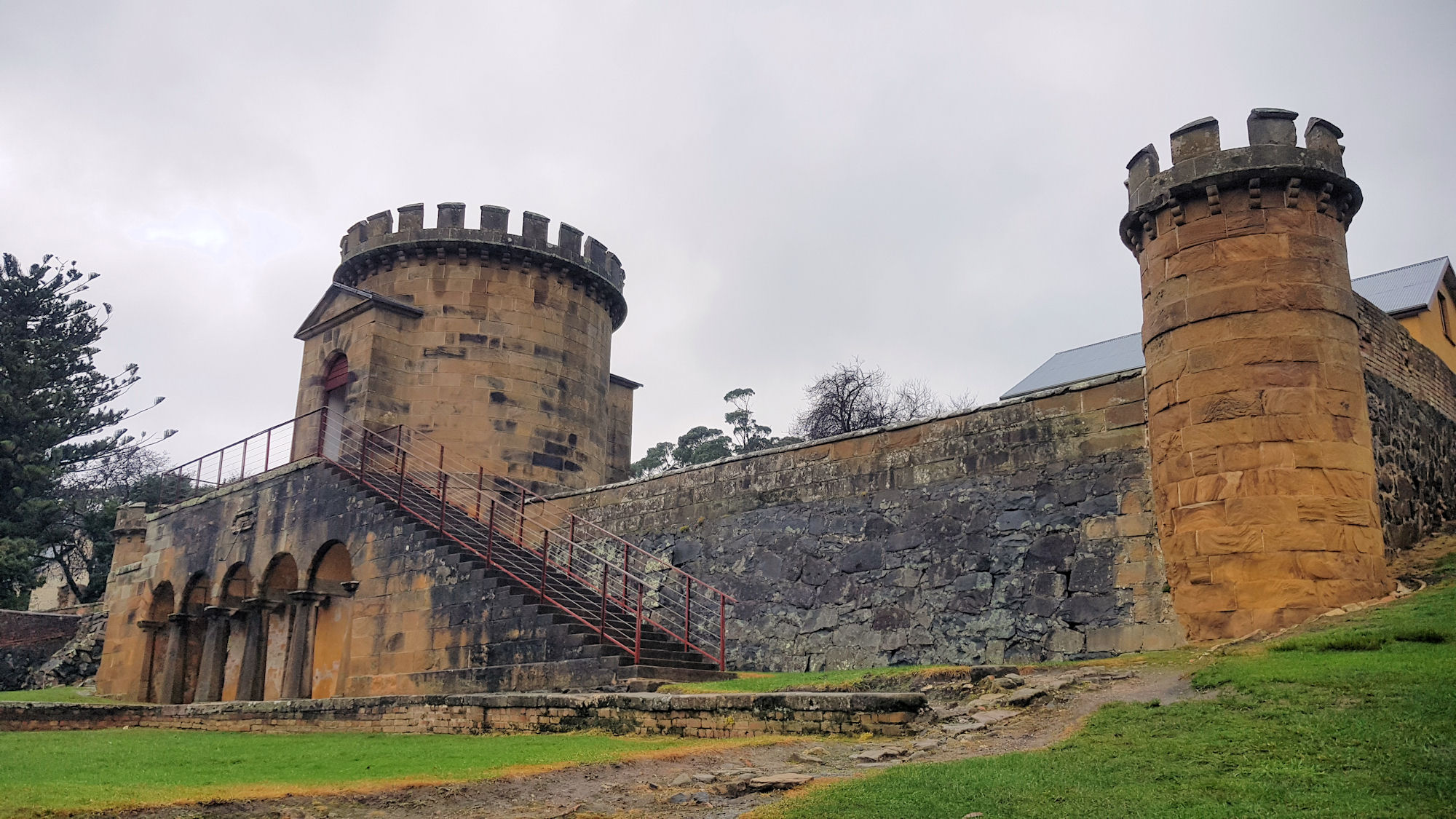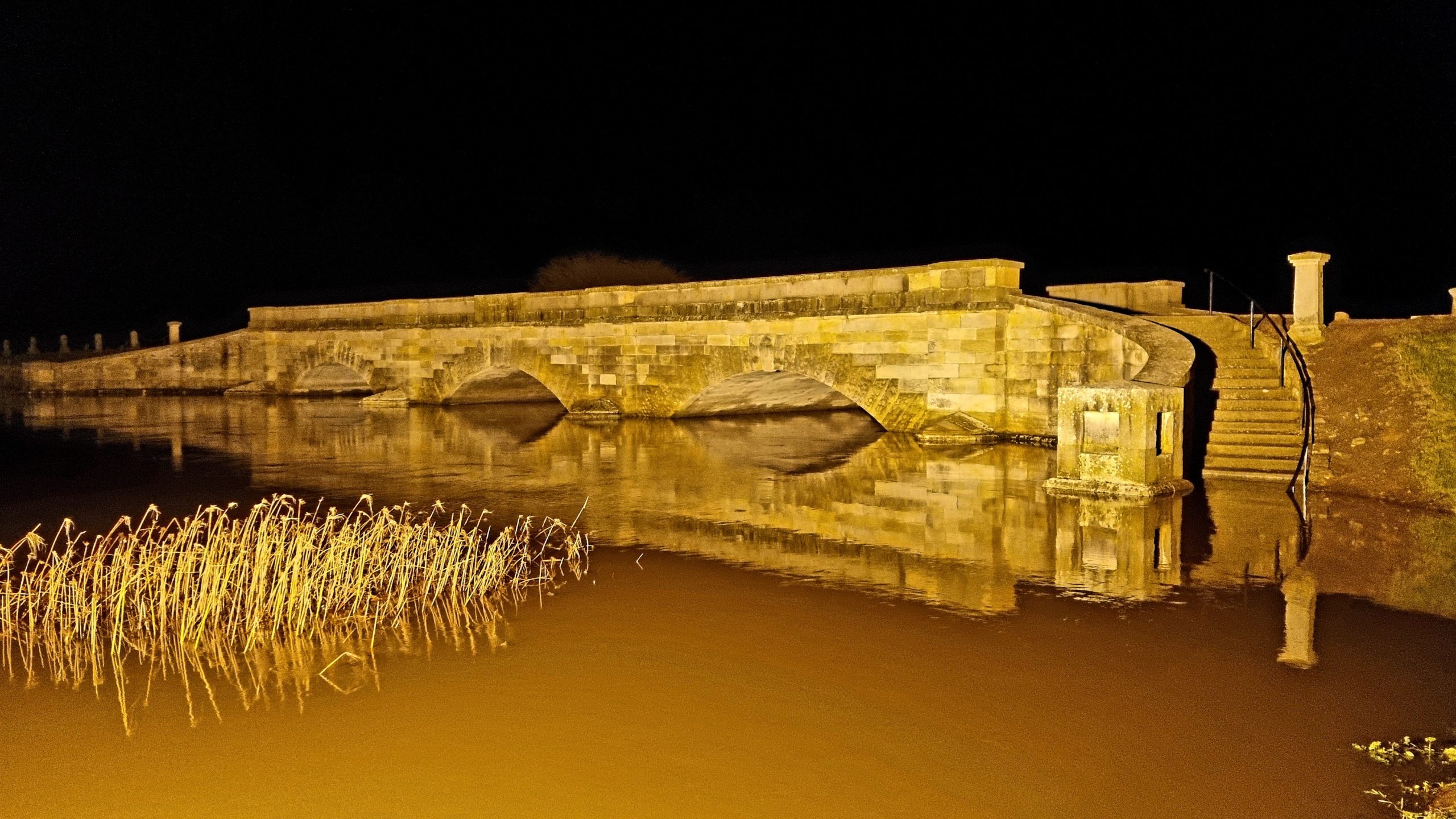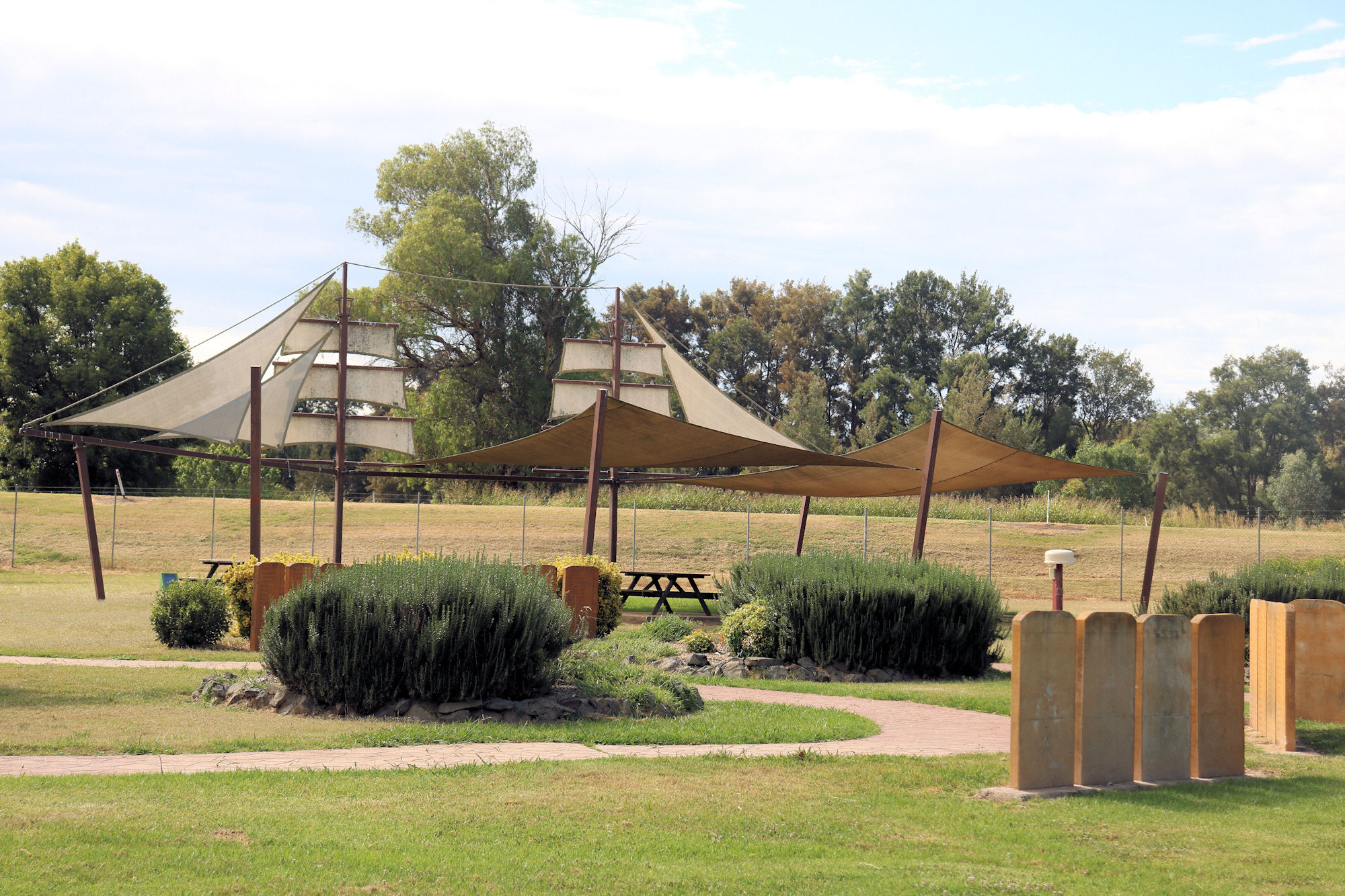Tag: convict
-
Port Arthur Historic Site Tasmania

Port Arthur Historic Site The World Heritage listed Port Arthur Historic Site contains over 30 buildings and extensive ruins. The listing reflects its importance to the story of forced migration and settlement of Australia. Primarily a penal settlement, Port Arthur also encompassed a wider community including military and civilian officers and their families. The preserved… Read more
-
Ross a Historic 19th Century Tasmanian Village

Ross Tasmania Built by convict labour in the early 1800s, Ross is a wonderfully preserved 19th century village full of old buildings and history. How to Get There Ross is about a one-hr drive (78 km) south from Launceston and a 90-min drive (121 km) north from Hobart. Ross Bridge Probably the most famous structure… Read more
-
First Fleet Memorial Gardens Wallabadah

First Fleet Memorial Gardens Wallabadah We hadn’t intended to stop in Wallabadah, but on seeing the sign for the First Fleet Memorial Gardens, we decided to. This is the great thing about driving with no fixed appointments, because you can stop at any time and see something interesting. Another interesting thing to discover is the… Read more